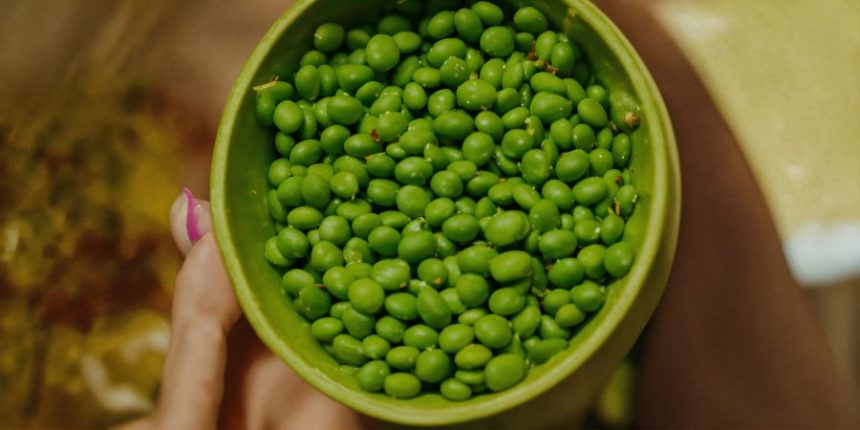As a parent and educator, I’m always seeking fun ways to teach my children through hands-on activities. Gardening is one of my favorite methods. it engages multiple senses while introducing concepts from science and nature. In particular, growing peas has proven to be a versatile learning tool, with benefits spanning several developmental areas.
In this Post, I’ll share why peas make an ideal children’s gardening activity, how peas can reinforce lessons in topics like the alphabet and math, as well as provide general tips for maximizing the learning potential when cultivating peas with kids. Through creative integration into lessons and play, the humble pea harbors immense potential to foster childhood growth.
Why Peas Are Such a Great Choice for Gardening with Kids
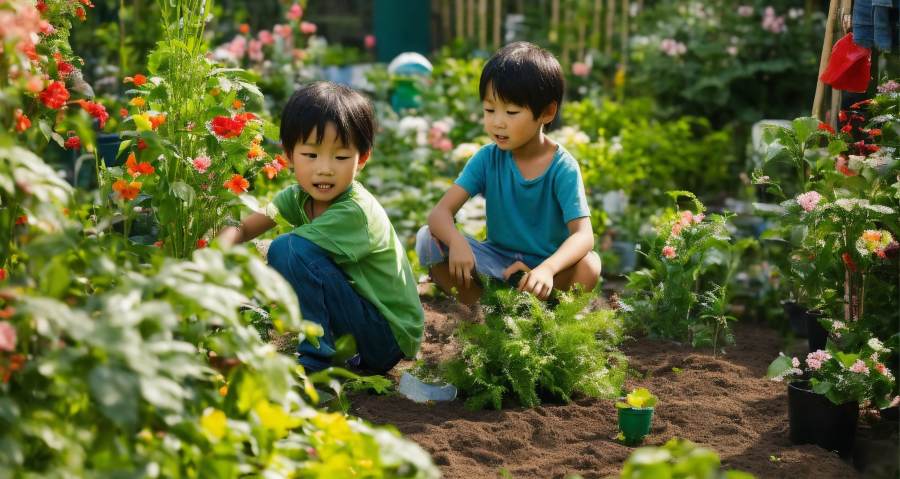
Several inherent qualities make peas well-suited for children’s gardening:
Easy to Grow
Peas are a great choice for kids to grow in the garden because they are easy to take care of. Once they are planted, peas don’t need much work, which makes them perfect for young children. They just need sunlight, something to climb on and regular watering. Even if kids forget to take care of them sometimes, pea plants are tough and can still grow well.
Engaging Growth Habits
Watching pea plants grow is fun for children. They like to see how the little curly parts of the plant grab onto things and climb up. Bush peas have cute, curly bits, while tall peas have long vines that can weave through fences.
Visible Yields
Kids get excited when they see the pea pods getting bigger because it means they will soon have peas to pick. Looking for pea pods that are ready to eat is like a fun treasure hunt. Tall pea plants have pods way up high, which makes them even more exciting to find.
Delicious Taste
Fresh peas from the garden taste sweet and crunchy, which most kids really like. Children enjoy eating the pods right off the plant. Peas that are taken out of the pod are colorful and healthy and can be added to lots of dishes that kids love.
Growing peas is fun and tasty, so it keeps kids interested in taking care of their plants from the time they plant the seeds until they pick the peas and even longer.
Learning Concepts Through Pea-Themed Activities
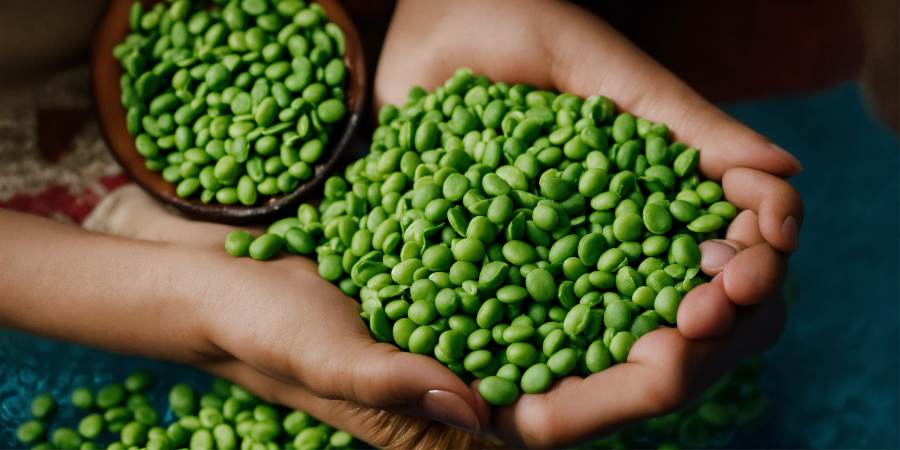
Here are some creative ideas integrating peas into teaching core concepts:
Alphabet Learning
| Activity | Description | Learning Objectives |
|---|---|---|
| ABC Pea Plant Labels | Label pea seedlings with corresponding letters | Letter recognition |
| Pea Pod Stamped Letters | Stamp paint letters using pea pod stamps | Manual dexterity, letter formation |
| Pea Sandpaper Letters | Glue dried peas to cardboard letters | Letter shape recognition, tactile learning |
Letter recognition, phonics skills, visual discrimination and manual dexterity can all be reinforced through alphabet games and crafts starring peas.
Math Skills
| Activity | Description | Learning Objectives |
|---|---|---|
| ABC Pea Plant Labels | Label pea seedlings with corresponding letters | Letter recognition |
| Pea Pod Stamped Letters | Stamp paint letters using pea pod stamps | Manual dexterity, letter formation |
| Pea Sandpaper Letters | Glue dried peas to cardboard letters | Letter shape recognition, tactile learning |
Concepts like sorting, measuring, graphing data, basic multiplication and more stem from gardening tasks involving peas.
Science Concepts
| Activity | Description | Learning Goals |
|---|---|---|
| Observe Pea Life Cycle | Record pea growth stages | Life cycle sequencing |
| Dissect Pea Flowers | Examine reproductive parts under magnifying glass | Flower anatomy, plant reproduction |
| Variables Experiments | Test effects of changing plant care variables | Scientific process, cause-effect |
Planting peas opens diverse paths to teach about nature, botany and the scientific process through observation and experimentation.
This list offers just a taste of potential activities. The possibilities are endless once you start engaging a child’s innate curiosity through hands-on gardening.
General Tips for Growing Peas with Kids
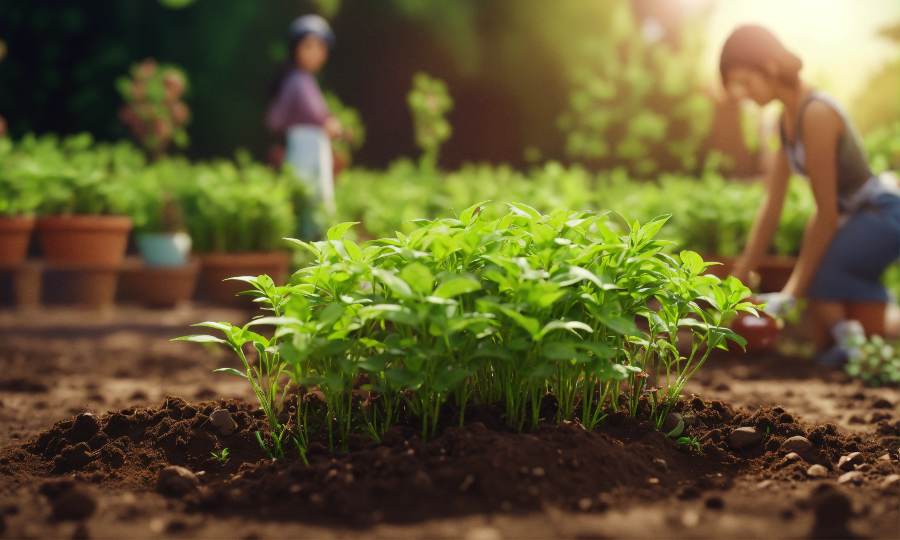
When cultivating peas as an educational experience, keep these tips in mind:
Give Them Ownership
Have kids select particular pea varieties, name their plants, decorate the garden area – take ownership. Tasks should match abilities, from planting seeds to making garden markers.
Encourage Observation
Record observations in a garden journal. Draw pictures of growth changes and collect finds like flowers or insects. Documentation promotes focus and reflection.
Celebrate Milestones
Make a fuss over sprouted seedlings, first flowers, and ripening pods. Take photos at all stages to compile them into a growth album. Kids beam with pride at nurturing plants from start to finish.
Taste the Rewards
Nothing motivates them like enjoying the literal fruits of their labours – munching on crunchy pods and sweet young peas. Incorporate peas into kid-friendly recipes to inspire their inner chef with the produce they grew.
With some planning up front to integrate peas into engaging sensory activities, the garden can become an outdoor classroom. The valuable life skills and conceptual knowledge gained from raising peas will reap benefits years beyond one harvest.
Benefits of Gardening with Children
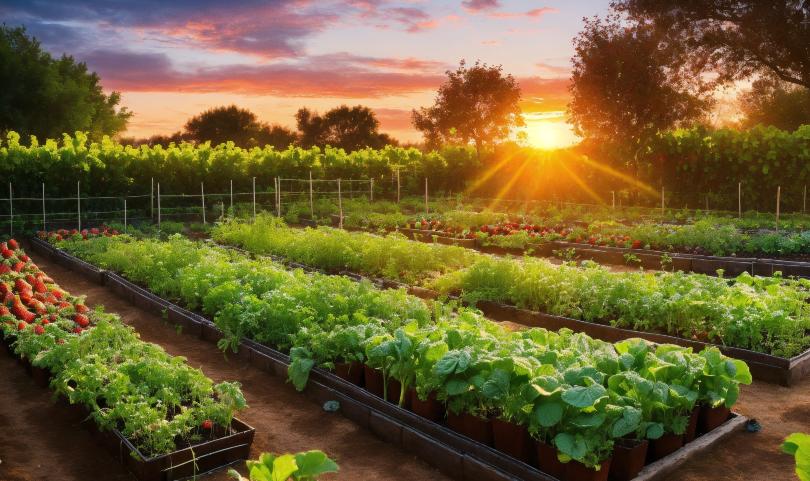
Beyond specific concepts taught through pea-themed lessons, the act of gardening itself imparts many developmental perks. Let’s examine some major benefits gardening offers children:
Motor Skill Development
The motions involved in common gardening tasks help hone fine and gross motor skills:
Fine Motor
- Planting seeds.
- Weeding around delicate seedlings.
- Pinching off peas.
- Arranging finds into collections.
Gross Motor
- Digging holes with trowels.
- Hauling and pouring soil and water.
- Building pea trellises.
- Wheeled pea harvest buckets.
The rich sensory environment engages hand-eye coordination, agility, bilateral movement, strength and balance.
Responsibility and Self-Confidence
A child’s sense of independence and self-reliance grows when trusted with their garden domain to care for plants. Successfully remembering key tasks like watering fosters a sense of responsibility. Producing home-grown ingredients boosts confidence and initiative.
Social-Emotional Growth
Gardening teaches patience as plants slowly grow, and checking daily becomes a lesson in delayed gratification. Teamwork develops when planting, weeding and harvesting together. And nothing beats a mutual sense of accomplishment when that first pea pod ripens
Physical Activity
Gardening keeps kids actively moving with all the digging, hauling, pruning, and other vigorous work involved. Active time outdoors also helps promote healthy sleep. Working up an appetite in the garden inspires kids to eat more veggies at mealtimes.
The benefits really come full circle – gardening encourages health on physical, mental, social, and emotional fronts. When kids grow their produce, they gain the foundations for an enthusiasm around fresh, nutritious foods that can inspire healthy eating habits for life.
History and Botany of Peas
Understanding some key points around the origins and biology of peas helps reveal why they remain such a prolific and nutritious modern garden crop.
Brief History of Peas
Peas have a long agricultural history spanning over 10,000 years!
| Time Period | Pea History Developments |
|---|---|
| Ancient Middle East Origins | Peas were first cultivated as an important food crop in the ancient Middle East |
| Ancient European Staple | Peas spread through Europe and became a dietary staple crop |
| 17th Century | Peas common in home gardens for hardy nutrients |
| American Colonial Era | Colonists bring pea seeds in early American settlements |
| Modern Day | Peas still beloved home garden vegetable after centuries of cultivation |
Pea Plant Basics
Botanically, here are some key facts about pea plants:
| Category | Description |
|---|---|
| Family | Fabaceae – part of legume family along with beans and lentils |
| Genus/Species | Pisum sativum |
| Main Types | Shelling, snap peas, snow peas |
| Growing Habit | Climbing vine or bush |
Growing Conditions for Peas
Peas thrive when key conditions are met:
| Factor | Ideal Pea Growing Requirements |
|---|---|
| Sun | At least 6 hours of direct sun daily |
| Soil | Well-drained, loose loam soil rich in organic matter |
| Temperature | 15-24°C during day, avoid hot weather |
| Support | Trellis, netting, or fencing for vines to climb |
| Water | Consistent moisture, about 1 inch per week |
Nutritional Aspects of Peas
Beyond learning opportunities, a key incentive for families to grow produce is gaining access to fresh, nutritious foods. Peas offer great nutritional value on several fronts.
Vitamins and Minerals
| Nutrient | Benefit |
|---|---|
| Vitamin A | Supports vision and immune health |
| Vitamin C | Aids iron absorption and immunity |
| Vitamin K | Boosts bone health and blood clotting |
| Folate | Crucial for cell growth and replication |
| Iron | Provides oxygen transport in blood |
| Zinc | Influences immune function and metabolism |
Protein Content
The protein in peas comes mainly from globulins and albumins. These digestible plant proteins provide all essential amino acids, making them a higher-quality protein source.
Per cup, peas offer:
- 8-10 grams protein
- Good source of branched-chain amino acids important for muscle synthesis
When combined with grains, peas provide a complete protein profile to rival meats.
Beneficial Phytochemicals
Peas also contain unique health-protective compounds:
| Compound | Description |
|---|---|
| Saponins | Anti-inflammatory, support cardiovascular health |
| Lutein | Carotenoid antioxidant that protects vision |
| Coumestrol | Phytoestrogen with antioxidant activity |
Low Calories and Fat
At only about 130 calories per cooked cup, peas provide nutritious bang for the caloric buck without expanding the waistline. And with virtually no fat, peas fit well into a heart-healthy diet.
Loaded with diverse vitamins, antioxidants, fiber, and protein, yet low in calories and fat, peas deliver an ultimate nutritional package. The vibrant green color indicates peas harness phytonutrients that confer health advantages. It’s easy to see why peas have stood the test of time!
Final Thoughts on Growing Peas with Kids
I hope this exploration has illuminated the diverse benefits, learning potential, and nutritive virtues found in humble garden peas. By integrating pea cultivation into hands-on activities that engage kids’ senses and curiosity, the garden can truly nurture not just plants but a child’s lifelong love of learning as well.
If this season finds you knee-deep in the dirt with little helpers in tow as you plant out snap pea seeds, take a moment to pause and consider what a gift such a simple act can be for your child’s growth. Tend this time – and your peas – with care. Who knows what influential seeds you may be sowing?
Here’s to many bountiful, beautiful seasons harvesting more than just vegetables with your family.


